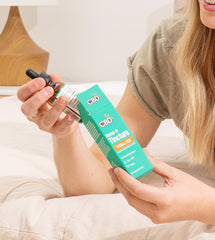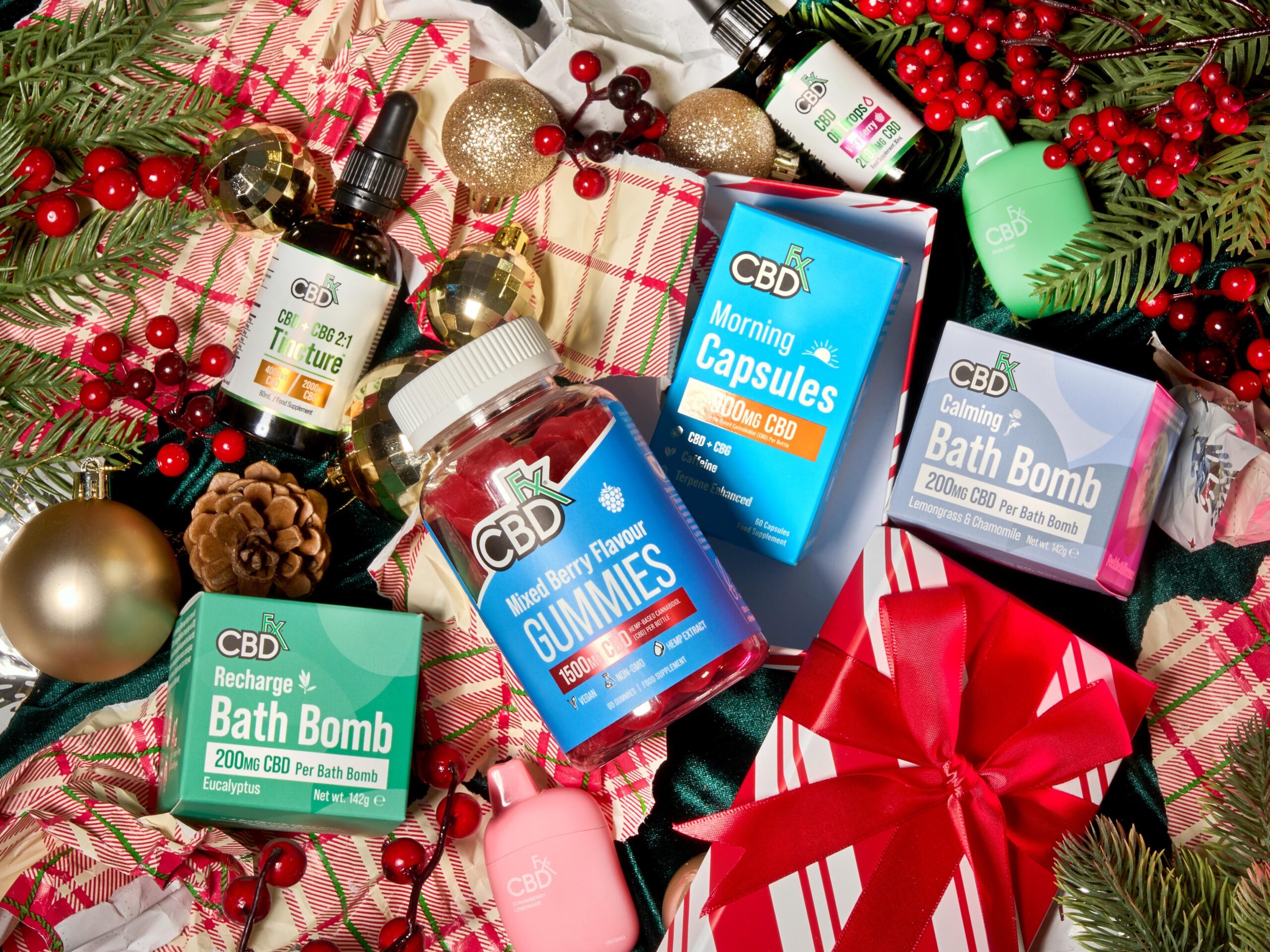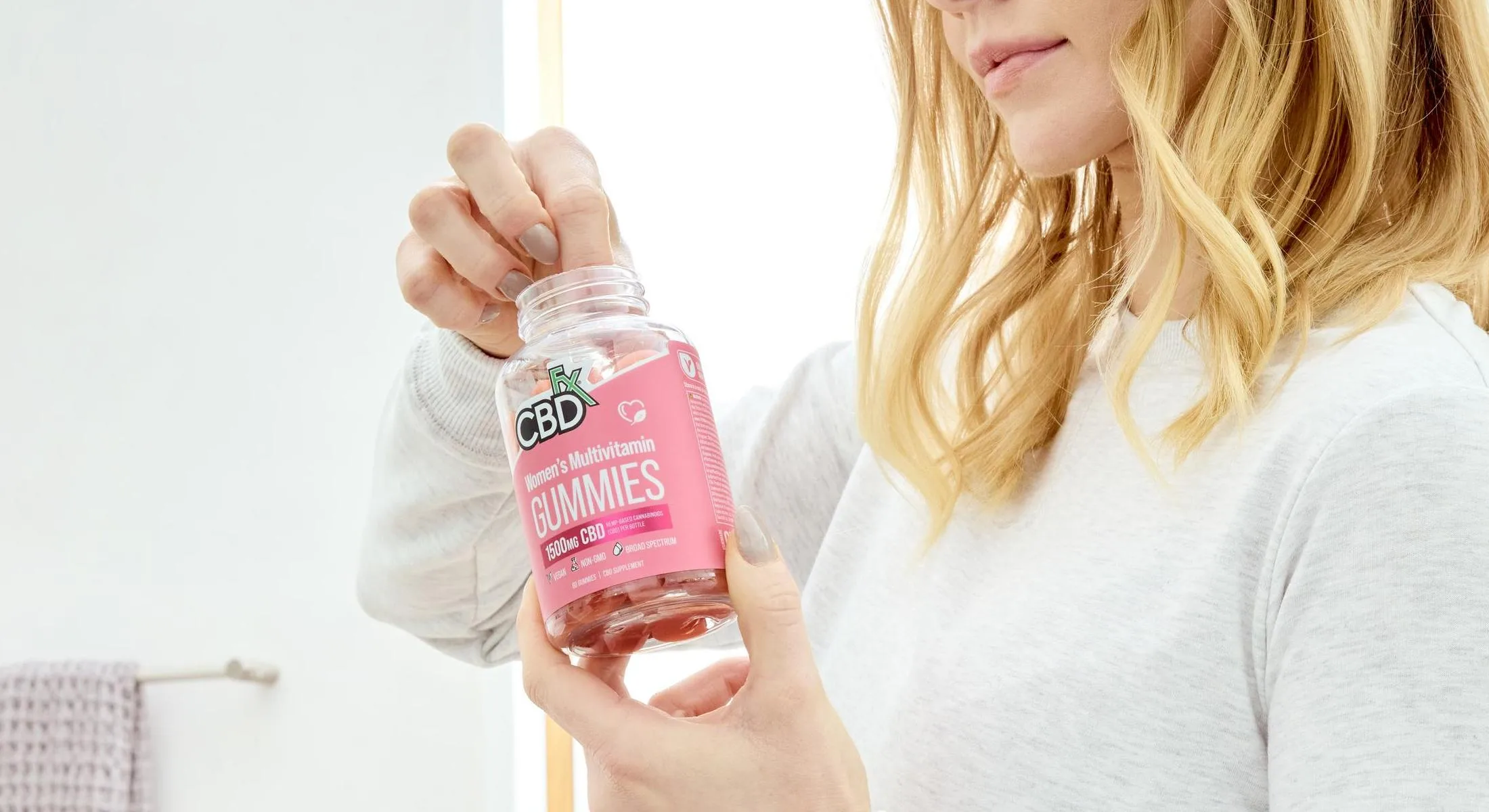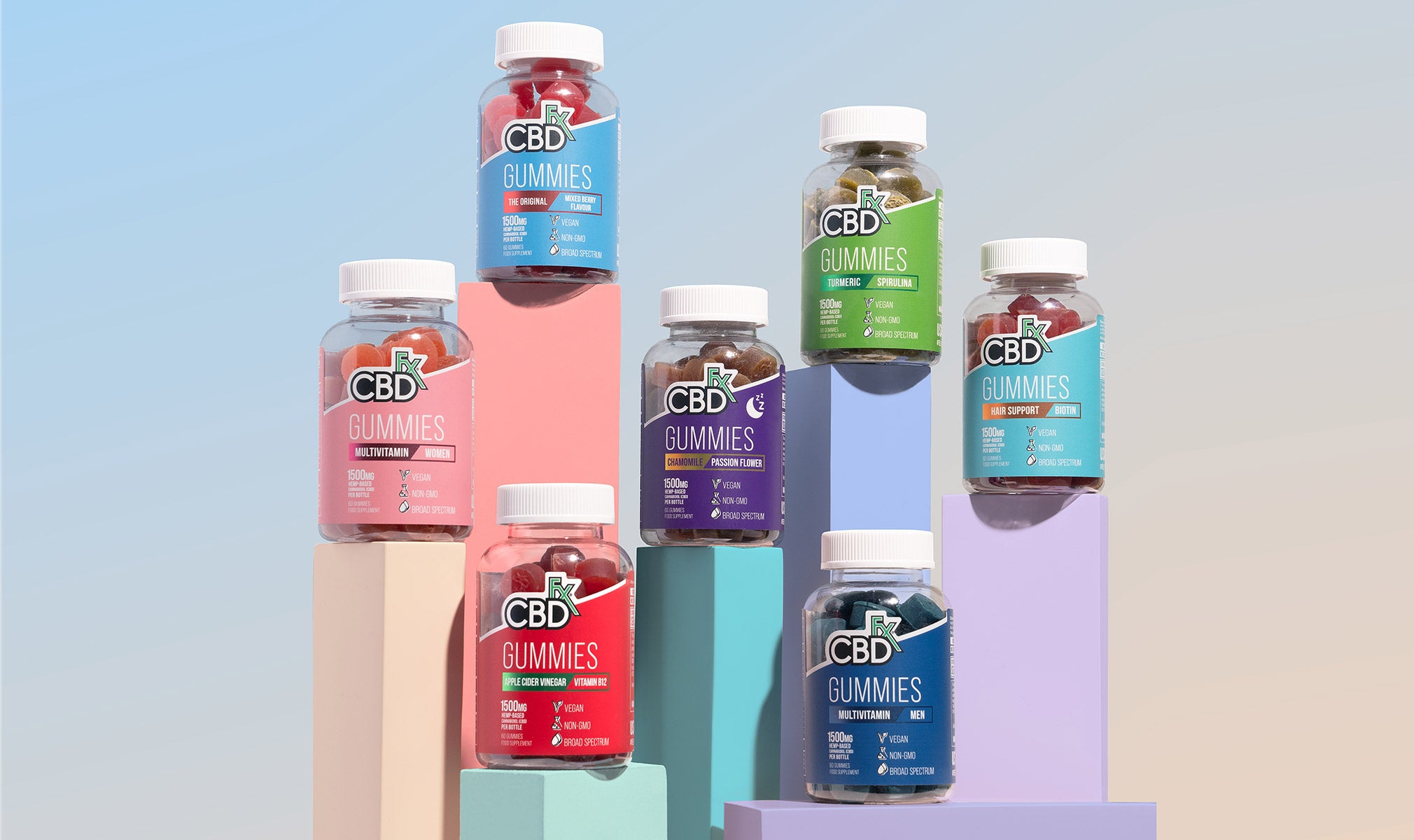It’s a natural—and responsible—thing to consider all the potential consequences when you try a new supplement. Or, if you’re looking to pump up your serving size on something you’ve been taking for a while. And with so much misinformation floating around, it’s understandable to ask these questions about CBD. Whether you’re new to CBD or you consider yourself an expert, you still want to know if there’s such a thing as too much CBD. The good news is that CBD is natural and non-toxic, but there’s still much more to understand about cannabinoids. If you want to know how to take CBD (specifically, how much you should take), then keep reading. We’re going to cover all the information you need to know!
How Much Is Too Much?
When taking any type of CBD product, it’s always recommended to start slow and work your way up until you reach your desired results. However, it’s helpful to keep the World Health Organization’s study in mind, in which they determined you can take up to 1500 mg of CBD in a day without any adverse effects. Most people take anywhere from 25mg up to 50mg a day, depending on what they’re trying to achieve.
To be honest, you’d have to go out of your way to consume more CBD than your body can handle. To date, there are no CBD overdoses on record, and it doesn’t have any addictive properties or significant side effects. However, if you begin to wonder if you have taken too much CBD, check to see if you’re experiencing any of these effects:
- Nausea
- Diarrhea
- Extreme fatigue
- Dry mouth
If you are experiencing some of these effects, it’s best to dial back the amount of CBD you’ve been taking.
Finding Your Serving Amount
Most people don’t realize finding your ideal CBD dosage is a personalised experience. What works for one person may not work for another person for a number of reasons, which we’ll touch on in a moment. There’s no “one size fits all” approach, because we’re all incredibly unique when it comes to certain individual factors.
Here are some of the most influential factors:
- Weight
- Age
- The concentration of the product
- Bioavailability rate of the product
- Genetics
- Personal body chemistry
It’s the differentiation within these factors that results in varied effects with CBD. For example, you could take 10mg of CBD and feel absolutely nothing, but your best friend could take 5mg and feel more than expected. This is why we always suggest starting with a small amount and working your way up in concentration until you find your sweet spot. When you adopt this method, you’re making sure you don’t pass up your “sweet spot.”
The Role of Bioavailability

Along with the personal factors you have to consider, you also have to be mindful of the bioavailability of the actual product you consume.
This term, bioavailability, refers to the rate of time it takes CBD to absorb into the bloodstream. Since methods of consumption vary, it’s only natural that absorption rates of these compounds may vary.
Let’s look at a couple of the main methods of CBD consumption to determine the role of bioavailability when it comes to serving amounts.
CBD edibles are also known as ingestibles. These products generally take longer to kick in since they have to travel through the digestive tract. They’re on the lower end of bioavailability, but there’s an upside: They tend to last a little longer when they take effect.
CBD oil tinctures, also known as sublinguals, are on the higher end of bioavailability. When you take a tincture oil, you place a couple of drops under the tongue (on top of the capillaries) and hold it for 60 seconds before swallowing. This allows the cannabinoid content to absorb in the bloodstream much faster than ingestibles.
Bioavailability varies from person to person for some of those personal reasons we listed above. However, this process fluctuates because we have varying levels of naturally occurring cannabinoids in our bodies.
Cannabinoids are lipid-based compounds that need to attach to some kind of fatty substance to fully absorb in the body, since our bodies are primarily composed of water. So, what does all this mean? It means you need to fine-tune your CBD routine to your needs.
Finding the Best Product for Your Needs
Most people love the first CBD product they try, but some people have to work a little harder to find the best CBD product for their needs. Start with a product that fits your lifestyle needs. If you know you struggle with ingesting oils, then steer clear of tinctures and opt for CBD gummies instead.
Also, it’s helpful to try multiple products to see what works best for you, since consumption methods influence your overall experience.
When you’re shopping, trying to locate high-quality CBD products, make sure you’re checking for high-quality hemp, lab reports, and positive consumer reviews. All of these elements together function as a hallmark of any reputable company.
Final Thoughts
Now you know that it’s virtually impossible to overdose on CBD. It’s natural, non-toxic, and the World Health Organization says you can take up to 1500mg in one day before possibly experiencing some adverse effects: nothing a good nap won’t fix.
If you want to create a CBD routine that works for you, don’t look at it as a mundane job. Look at it as a cool experiment! Try different products, see what you like, what you don’t, and what you’re absolutely crazy about.
This is the fun part: enjoy!







